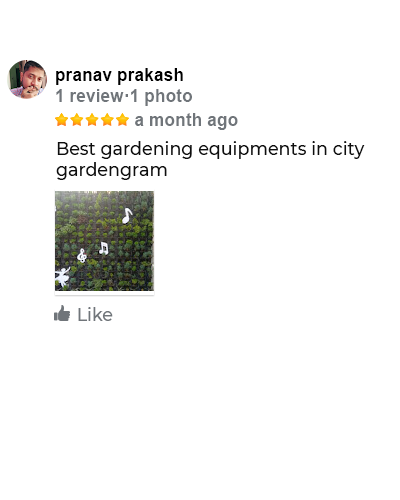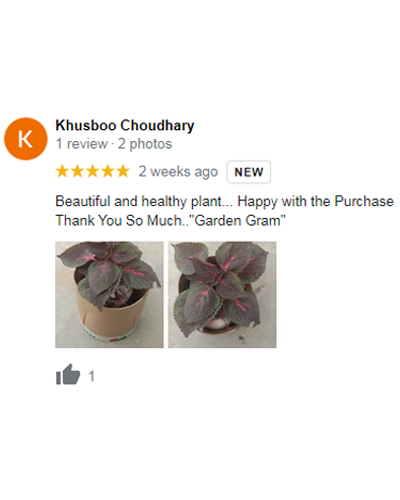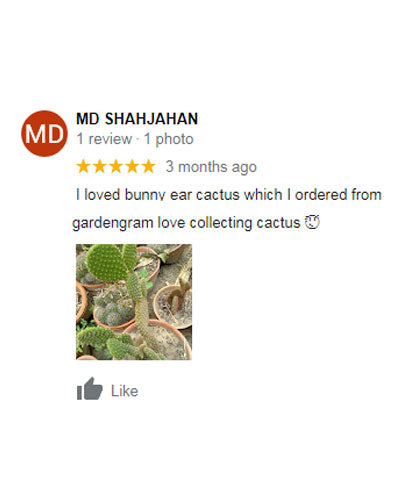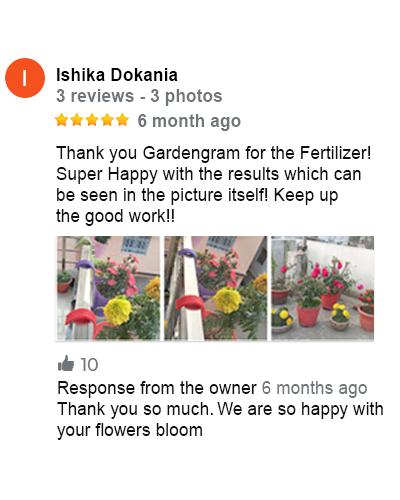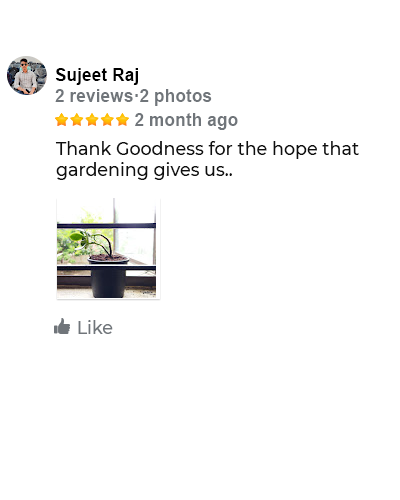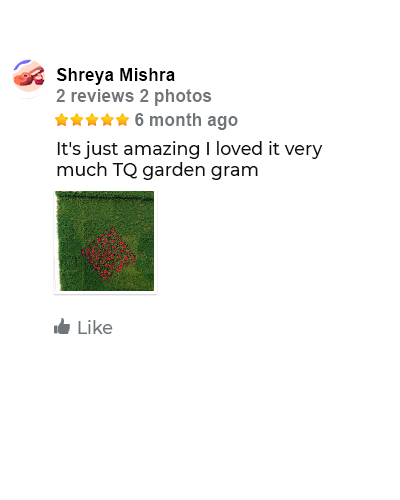The Best Plants for Air Purification in Your Home
Welcome to Gardengram, your go-to source for all things green and growing! We're delighted to have you join us on this journey to explore the wonderful world of indoor plants and their remarkable ability to improve the air quality in your home.
Indoor air quality might not be a topic that crosses your mind every day, but it plays a crucial role in creating a healthy and comfortable living environment. From reducing the risk of respiratory problems to enhancing mood and productivity, the quality of the air we breathe indoors has a significant impact on our overall well-being.
At Gardengram, we believe that everyone deserves to breathe clean, fresh air, and what better way to achieve that than by bringing a touch of nature indoors? That's where air-purifying plants come in. These green wonders not only add beauty and vibrancy to your home but also work tirelessly behind the scenes to filter out harmful toxins and pollutants from the air.
Today, we'll dive deep into the world of air-purifying plants, exploring how they clean the air, the benefits they offer for your health and well-being, and, of course, the best plants to choose for maximum air purification in your home. So grab a cup of tea, settle in, and let's embark on a green journey together!
⇝ Peace Lily (Spathiphyllum)
The Peace Lily, scientifically known as Spathiphyllum, is a charming and popular indoor plant with graceful, glossy leaves and elegant white blooms. Its botanical name, Spathiphyllum, originates from the Greek words "spath," meaning spathe, and "phyllon," meaning leaf, referring to the characteristic leaf-like bract that surrounds the flower.
Air Purification Abilities
Beyond its aesthetic appeal, the Peace Lily is renowned for its exceptional air-purifying abilities. This green companion excels at removing common indoor pollutants, including formaldehyde, benzene, and carbon monoxide. Its effectiveness makes it a valuable addition to homes and offices, contributing to a healthier indoor environment.
Ideal Placement in Your Home
Choosing the right spot for your Peace Lily is crucial for its well-being. This adaptable plant thrives in low to medium indirect light, making it suitable for various indoor settings. Avoid exposing it to direct sunlight, as this can scorch its delicate leaves. A living room corner or a shaded spot in your bedroom would be an ideal location to showcase its beauty and maximize its air-purifying potential.
Care Tips for Peace Lily
Caring for a Peace Lily doesn't demand a green thumb; it's a relatively low-maintenance plant. Keep the soil consistently moist but not waterlogged. Be mindful of overwatering, as it can lead to root rot. Regularly wipe the leaves with a damp cloth to remove dust, ensuring the plant's pores remain unobstructed for optimal air purification. Consider fertilizing occasionally during the growing season to encourage healthy growth.
⇝ Snake Plant (Sansevieria)
The Snake Plant, scientifically known as Sansevieria, is a popular indoor plant recognized for its striking appearance and air-purifying qualities. Its long, sword-shaped leaves grow upright in a manner reminiscent of a snake slithering through the underbrush, hence the name "Snake Plant." This plant is native to West Africa and belongs to the family Asparagaceae.
Air Purification Abilities
Despite its intimidating-sounding name, the Snake Plant is a gentle giant when it comes to improving indoor air quality. It has the remarkable ability to absorb toxins such as formaldehyde, benzene, and trichloroethylene from the air, helping to create a cleaner and healthier living environment. This makes it a perfect addition to any home or office space, especially for those looking to breathe easier and reduce indoor air pollution.
Ideal Placement in Your Home
When it comes to decorating with Snake Plants, the possibilities are endless. These resilient plants thrive in various light conditions, from bright indirect light to low-light environments. This means you can place them practically anywhere in your home, whether it's on a sunny windowsill, a dimly lit corner, or even in your office cubicle.
Care Tips for Snake Plant
Despite its tough exterior, the Snake Plant requires minimal maintenance to thrive. It prefers well-draining soil and only needs to be watered sparingly, allowing the soil to dry out completely between waterings. Overwatering can lead to root rot, which is as disastrous for your Snake Plant as encountering Voldemort without a proper defense. So it's essential to be on the side of underwatering rather than overwatering. Additionally, occasional dusting of the leaves with a damp cloth will help keep them clean and free from dust, allowing the plant to photosynthesize more efficiently.
⇝ Spider Plant (Chlorophytum comosum)

Spider Plants, scientifically known as Chlorophytum comosum, are native to South Africa but have become a beloved addition to households worldwide. They are low-maintenance plants, making them perfect for both beginner and experienced plant parents alike.
Air Purification Abilities
Now, let's talk business - or should we say, clean air! Spider Plants are excellent at removing harmful toxins like formaldehyde and xylene from indoor spaces. So while you're busy living your best life, this plant is working hard to keep your air fresh and clean.
Ideal Placement in Your Home
Spider Plants are quite versatile when it comes to placement. They can thrive in various light conditions, from bright indirect sunlight to partial shade. Just avoid placing them in direct sunlight, as this can scorch their delicate leaves.
Care Tips for Spider Plant
Here's the fun part - taking care of your Spider Plant! These green pals prefer well-draining soil, so make sure their pot has proper drainage holes. As for watering, they're not fans of soggy soil, so allow the soil to dry out a bit between waterings. If you want to keep them extra happy, you can mist them occasionally to boost humidity.
Boston Fern (Nephrolepis exaltata)

The Boston Fern, a timeless classic in the world of indoor greenery! This luscious plant boasts vibrant, cascading fronds that add a touch of elegance to any space. With its lush foliage and graceful arching stems, it's no wonder why the Boston Fern is a favorite among plant enthusiasts.
Air Purification Abilities
But wait, there's more to this beauty than meets the eye! The Boston Fern isn't just a pretty face – it's also a natural air purifier. Yep, you heard that right! This fern has a knack for filtering out toxins like formaldehyde and xylene from the air, leaving your indoor environment cleaner and fresher.
Ideal Placement in Your Home
Now, where should you showcase this green gem? The Boston Fern thrives in indirect sunlight, so find a spot near a window where it can bask in gentle, filtered light. It also appreciates a bit of humidity, so consider placing it in a bathroom or near a humidifier for some extra moisture.
Care Tips for Boston Fern
Taking care of your Boston Fern is a breeze – pun intended! Keep its soil consistently moist, but not soggy, and water it regularly to prevent it from drying out. Mist its leaves occasionally to mimic its natural habitat and keep it looking lush and vibrant.
Bonus Tip: Fern-tastic Trivia!
Did you know that the Boston Fern gets its name from its popularity in Victorian-era Boston parlors? It was considered a symbol of wealth and sophistication – talk about fancy foliage!
Rubber Plant (Ficus elastica)
The Rubber Plant, scientifically known as Ficus elastica, is a popular indoor plant cherished for its striking appearance and air-purifying qualities. It belongs to the fig family and is native to Southeast Asia. This plant is characterized by its large, glossy leaves that come in various shades of green and burgundy.
Air Purification Abilities:
Beyond its aesthetic appeal, the Rubber Plant is an excellent choice for improving indoor air quality. Its broad leaves act as natural air filters, effectively removing toxins like formaldehyde and benzene from the air. These pollutants are commonly found in household products and can have adverse effects on health if not properly addressed.
Ideal Placement in Your Home:
When it comes to placement, the Rubber Plant thrives in bright, indirect light. Placing it near a window where it can receive filtered sunlight is ideal. However, direct sunlight should be avoided as it can scorch the leaves. Additionally, this plant prefers temperatures between 60-85°F (15-29°C) and thrives in humid environments.
Care Tips for Rubber Plant:
Watering: Rubber Plants prefer moderately moist soil. Water them thoroughly when the top inch of soil feels dry to the touch, but avoid overwatering as it can lead to root rot. Allow excess water to drain out of the pot to prevent waterlogged soil.
Lighting: As mentioned earlier, bright, indirect light is best for Rubber Plants. They can tolerate lower light conditions but may not grow as vigorously. Rotate the plant occasionally to ensure even growth on all sides.
Temperature and Humidity: Maintain temperatures between 60-85°F (15-29°C) and provide adequate humidity by misting the leaves or placing the plant on a pebble tray filled with water. Avoid placing the plant near drafts or heating vents.
Pruning: Regular pruning helps maintain the Rubber Plant's shape and encourages new growth. Remove any yellowing or dead leaves to promote overall plant health.
Fertilization: Feed your Rubber Plant with a balanced fertilizer once a month during the growing season (spring and summer).
Frequently Asked Questions/ FAQs:
Which plant purifies air the most?
While various plants offer air-purifying benefits, some are particularly effective. The Peace Lily, Spider Plant, Snake Plant, Boston Fern, Areca Palm, English ivy, and Rubber Plant are among the top choices for their ability to remove common indoor pollutants like formaldehyde, benzene, and carbon monoxide.
Which plant is best for air pollution?
When it comes to combating air pollution indoors, the Snake Plant (Sansevieria) stands out as an excellent option. Not only does it effectively remove toxins like formaldehyde, but it also releases oxygen at night, making it ideal for improving indoor air quality, especially in bedrooms.
Is the snake plant good in the bedroom?
Yes, the Snake Plant is an excellent choice for bedrooms. Its ability to release oxygen at night makes it beneficial for improving sleep quality, while its air-purifying abilities help create a cleaner and healthier indoor environment. Plus, its low-maintenance nature makes it an easy addition to any bedroom decor.
Where should I put my spider plant in my house?
Spider Plants thrive in bright, indirect light, making them suitable for various locations in your home. Consider placing your Spider Plant near a window where it can receive filtered sunlight or in well-lit areas like a living room or kitchen. Just be sure to avoid direct sunlight, as it can scorch the leaves. Additionally, Spider Plants are versatile and can be hung in baskets or placed on shelves to add a touch of greenery to any room.
Selecting the right air-purifying plants for your home can significantly enhance indoor air quality while also contributing to a more inviting and aesthetically pleasing environment. While these plants are excellent choices for air purification, it's essential to note that there are many more options available. Plants like Aloe Vera, Bamboo Palm, Areca Palm, and English Ivy also offer significant air-purifying benefits and can complement the plants mentioned above in creating a healthier indoor environment.
By incorporating a variety of air-purifying plants into your home and following the care tips provided for each plant, you can enjoy cleaner and fresher air while reaping the numerous health benefits associated with indoor plants. So why not bring a little piece of nature indoors and breathe easier knowing your home is filled with natural air purifiers? So, go ahead and greenify your living space with these natural air purifiers. Your home deserves nothing less than the best, and with the right plants, you can achieve just that.









